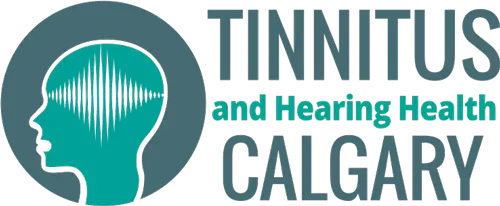Hyperacusis & Misophonia Treatment in Calgary
Decreased Sound Tolerance:
Hyperacusis & Misophonia
Talk to the experts.
What is Hyperacusis and Misophonia?
- Phonophobia, a specific case of misophonia where fear is the dominant emotion
- Selective Sound Sensitivity Syndrome (4S), another variation of misophonia that includes only very soft particular noises, called Trigger Sounds, which are often associated with oral functions (e.g., chewing, lip licking, smacking, or breathing).

Treatments for DST
The first step is a thorough evaluation with us. We’ll listen to your concerns rather than tell you to “just live with it.” To effectively treat DST, we consider all the dimensions of the condition:
- Biological dimension: what’s going on in your ears and brain
- Psychological dimension: your emotions and your beliefs regarding your situation
- Social dimension: how you are dealing with the outside world (e.g., are you only able to function in busy environments like restaurants if you wear hearing protection?)
- Time dimension: how has your situation developed over time? Has it been gradual? Or was it triggered by something specific (e.g., head injury after a car accident)?
Treatment packages start at $4,300
Sound Therapy
Depending on whether you have hyperacusis or misophonia (or both), we will recommend sound therapy in different ways. For example, someone with hyperacusis will undergo a desensitization procedure that introduces soft, low-level sound which we gradually increase over time to induce “auditory toughening”; the idea is to gradually desensitize your auditory system. Although white noise is typically used, our rule is to only use sounds that are not annoying or bothersome to my patients. If the idea of listening to noise is not appealing, there are tons of other sound options out there; flexibility is crucial to getting you to restore a sense of control so that we can “reset” your relationship with sound. Sound therapy is delivered through discreet and comfortable ear-worn solutions that can be incorporated seamlessly into your daily routine.
